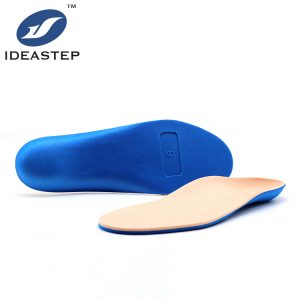
Diabetes insoles, also known as diabetic insoles or diabetic footbeds, are specifically designed to address the unique needs and concerns of individuals with diabetes. Here are the key differences between diabetes insoles and ordinary insoles:
1. Pressure redistribution
One of the primary goals of diabetes insoles is to redistribute pressure across the foot to minimize high-pressure areas. Diabetes can cause reduced sensation in the feet, known as neuropathy, making it difficult for individuals to detect areas of excessive pressure or friction. Diabetes insoles often have special cushioning or padding in sensitive areas, such as the forefoot or heel, to help distribute pressure and prevent the formation of ulcers or sores.
2. Protection and support
Diabetes insoles typically provide additional support and protection to the feet. They may have features like arch support, extra padding, or shock-absorbing materials to reduce the risk of injury and provide comfort. These insoles help minimize the impact on the feet during walking or other activities, reducing the strain on vulnerable areas.
3. Moisture management
Individuals with diabetes are more prone to developing foot conditions like fungal infections due to poor circulation and increased moisture. Diabetes insoles often incorporate moisture-wicking materials to help keep the feet dry and prevent the growth of bacteria or fungi.
4. Customization
Diabetes insoles can be custom-made to fit the individual’s foot shape and specific needs. Healthcare professionals may take measurements, perform a gait analysis, or assess foot conditions to create personalized insoles that address any existing foot deformities, pressure points, or abnormalities.
5. Risk reduction
The primary focus of diabetes insoles is to minimize the risk of foot complications and injuries associated with diabetes. By providing proper support, pressure redistribution, and cushioning, these insoles help prevent foot ulcers, calluses, blisters, and other issues that can lead to more severe complications, such as infections or amputations.
It’s important for individuals with diabetes to consult with a healthcare professional, such as a podiatrist or orthopedist, to determine the most suitable type of insoles based on their specific foot condition, level of neuropathy, and overall health.
Expand more related content: https://www.aideastep.com/diabetes-insole/.
